
Exploring Standard Options for Interior Door Construction: A Comprehensive Guide
Exploring Standard Options for Interior Door Construction: A Comprehensive Guide
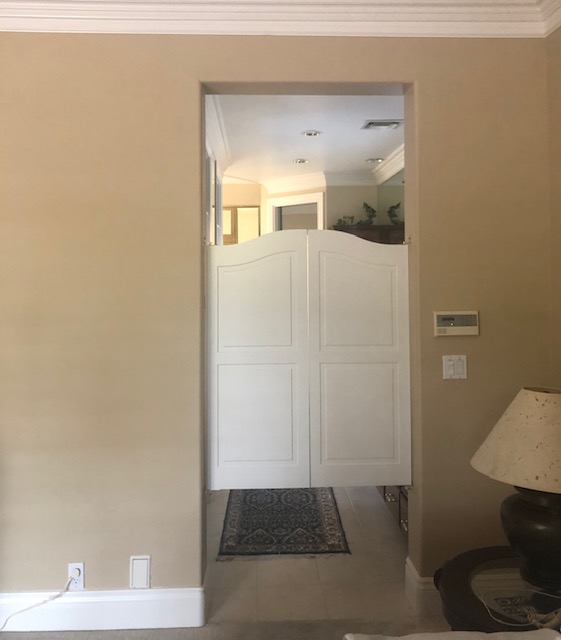
When it comes to constructing or renovating your home, you might overlook the significance of interior doors in favor of more conspicuous design elements. However, the doors in your home serve both functional and aesthetic purposes, defining spaces while adding character and style. From classic solid wood doors to space-saving pocket doors, each option comes with its own set of benefits and considerations.
In this comprehensive guide, we'll walk you through various types of interior doors, discussing their construction, materials, design features, and practical applications. Whether you're a homeowner seeking to make informed choices for your living space or a professional in home design and construction, this deep dive into interior door options will provide valuable insights for your next project.
Introduction to Interior Door Construction
Interior doors play a vital role in the overall functionality and ambiance of your home. They are more than just entryways to different rooms — they are architectural elements that contribute to the flow and design of your indoor spaces.
Importance of Interior Doors in Home Design
Interior doors serve as a barrier to sound, providing privacy and noise control. They also help regulate airflow and temperature, especially when it comes to preventing the spread of heat and cold between rooms. Additionally, they are a critical part of your home's security system, offering a level of protection and privacy.
Overview of Door Components and Construction Methods
Most interior doors consist of a few common elements: the stiles (vertical side pieces), the rails (horizontal top and bottom pieces), and a core. The core may be solid, hollow, or solid with a core of composite materials. The panels (if any) are the decorative and/or supportive pieces that fit into the space between the stiles and rails.
Solid Wood Doors
Solid wood doors have a rich history and an enduring appeal in home design. They are constructed entirely out of a single piece of wood or a combination of woods, often showcasing the natural grain patterns and textures that are unique to each species.
Characteristics of Solid Wood Doors
Solid wood doors are known for their substantial weight and feel, thanks to the natural density of wood. They can be custom-cut and crafted to fit any opening, and their solid construction means that they can be sanded and refinished multiple times, extending their life and maintaining their beauty.
Advantages of Solid Wood
Durability
Solid wood doors are robust, offering a high level of durability that can withstand years of use. They are also known for their resistance to wear and tear, making them a long-term investment in your home's interior.
Timeless Aesthetic
The natural beauty of wood is considered a classic feature in interior design. It adds warmth and depth to any space, remaining an enduring choice that complements a variety of decor styles.
Types of Wood Used
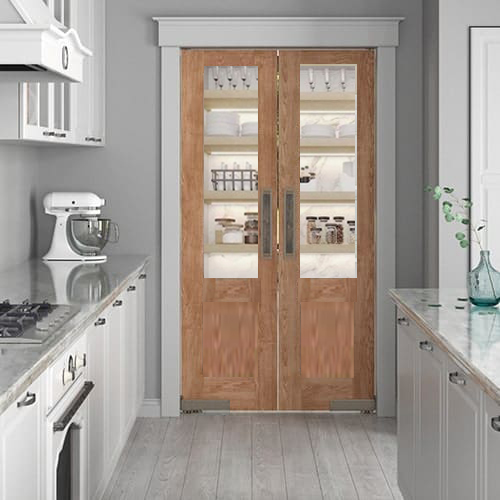
Red Oak
Red Oak is one of the most popular choices due to its attractive grain pattern and affordable price point.
Maple
Maple is prized for its light, creamy color and fine, even grain that lends a sense of elegance to any room.
Pine
Pine is a softer wood that may have knots, offering a rustic and casual look that is perfect for informal spaces.
Mahogany
Mahogany's rich, reddish-brown hue and smooth texture make it a luxurious choice for a more formal room.
Cherry
With its reddish-brown color and aging properties that darken over time, Cherry is a favorite for those seeking a high-end, traditional appearance.
Alder
Rustic Alder offers a knotty, natural appearance that is popular in cottage and cabin-style homes.
Poplar
Poplar is a versatile wood that takes paint well, making it an excellent choice for those looking to customize the color of their door.
Paint Grade Wood
Selected for its smooth, knot-free surface, paint-grade wood is perfect for homeowners who plan to paint their doors to match their decor.
Disadvantages of Solid Wood
While solid wood doors offer many benefits, they are susceptible to changes in the environment, such as humidity and temperature, that can cause them to warp or twist. They also tend to be more expensive than other door types and require regular maintenance to preserve their integrity.
Hollow Core Doors

Hollow core doors are constructed with a frame made of wood stiles and rails, which is then covered with a thin veneer of a high-quality finish material to give the appearance of a solid door. The core is filled with a honeycomb-like grid of cardboard or plastic to keep the door lightweight.
Understanding Hollow Core Door Construction
The principal advantage of hollow core doors is their lightweight construction, which makes them easy to install and less expensive than solid wood alternatives. Despite their hollow core, these doors can provide a solid and reliable function, offering privacy and noise reduction to a certain degree.
Advantages of Hollow Core Doors
Lightweight
The lightweight nature of hollow core doors makes them a preferred choice for larger doorways in homes and commercial properties.
Cost-effective
These doors are generally less expensive to purchase and install than solid wood or other core-type doors, making them a budget-friendly option.
Materials Used in Hollow Core Doors
To maintain their lightweight, hollow core doors are constructed using a variety of materials for the frame and core, such as wood composite, particleboard, and MDF.
Solid Core Doors
Solid core doors combine the affordability and lighter weight of hollow core models with some of the sturdiness of solid wood doors. They feature a solid composite wood core that can consist of particleboard or MDF and are often faced with wood veneer to achieve a natural wood look.
Features of Solid Core Doors
Solid core doors are heavier than the hollow core, providing a more substantial feel. They also offer better sound insulation and durability than their hollow counterparts.
Benefits of Solid Core Construction
Enhanced Durability
The solid composite core makes these doors more resistant to warping, which is a common issue with solid wood doors, especially in areas with high humidity.
Improved Sound Insulation
The denser core material provides better acoustic properties, making solid core doors a good choice for spaces where sound control is important.
Comparison with Solid Wood and Hollow Core Doors
Solid core doors offer a middle ground between solid wood and hollow core doors, providing the best of both worlds in terms of durability and affordability. However, they may not match solid wood doors in terms of longevity or the natural beauty of real wood.
Panel Doors
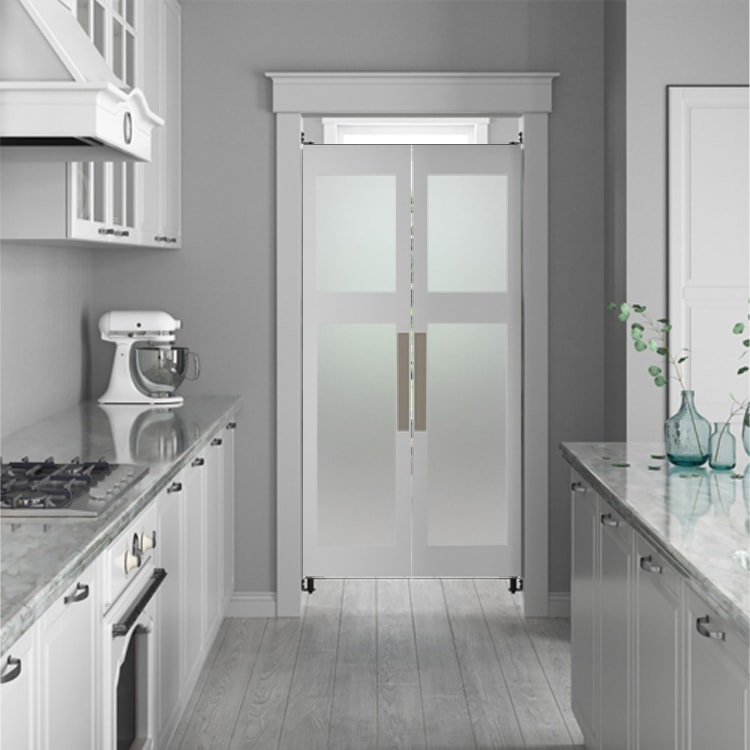 Panel doors, also known as stile and rail doors, are a classic option with a design that involves vertical stiles, horizontal rails, and panels at the center. They can be tailored to match any home decor, from traditional to modern.
Panel doors, also known as stile and rail doors, are a classic option with a design that involves vertical stiles, horizontal rails, and panels at the center. They can be tailored to match any home decor, from traditional to modern.
Introduction to Panel Door Design
The term "panel door" refers to the way the door is constructed, with several panels — typically three to six — decorating the surface. These panels can be raised, flat, or recessed, offering variations in texture and visual interest.
Variations in Panel Configuration
The panel configuration can have a significant impact on the design of the door. Each style is well-suited for different home aesthetics and can be further customized with the choice of materials and finishes.
Raised Panels
Raised panels add depth and a sense of traditional elegance to the door. They are typically found in more formal spaces.
Flat Panels
Flat panels provide a smoother, more contemporary look that is often favored in modern and minimalist design schemes.
Recessed Panels
Recessed panels, also known as shaker style, offer clean lines and timeless simplicity that works well with a wide range of interior styles.
Materials Used in Panel Door Construction
Panel doors can be made from various materials, including wood (solid or engineered), MDF, and composite materials such as fiberglass or steel for added strength and insulation.
French Doors
French doors are a classic and stylish choice for interior spaces that require a touch of sophistication. They are defined by their framed glass panels, which allow for natural light to pass through and create an open, inviting atmosphere.
Overview of French Door Design
French doors are often used to divide interior spaces, such as dining and living areas, or to provide access to patios and gardens, bringing the outdoors in.
Characteristics of French Doors
Glass Panels
The primary feature of French doors is their glass panels, which can be clear for maximum visibility or frosted for privacy.
Multiple Configurations (Inswing, Outswing)
French doors can be designed to open inward or outward, offering flexibility based on the layout of the room and personal preference.
Applications of French Doors in Home Design
French doors are versatile and can be used to enhance a variety of interior design concepts, from creating a striking entrance to a home office to adding a touch of luxury to a master bedroom suite.
Sliding Doors
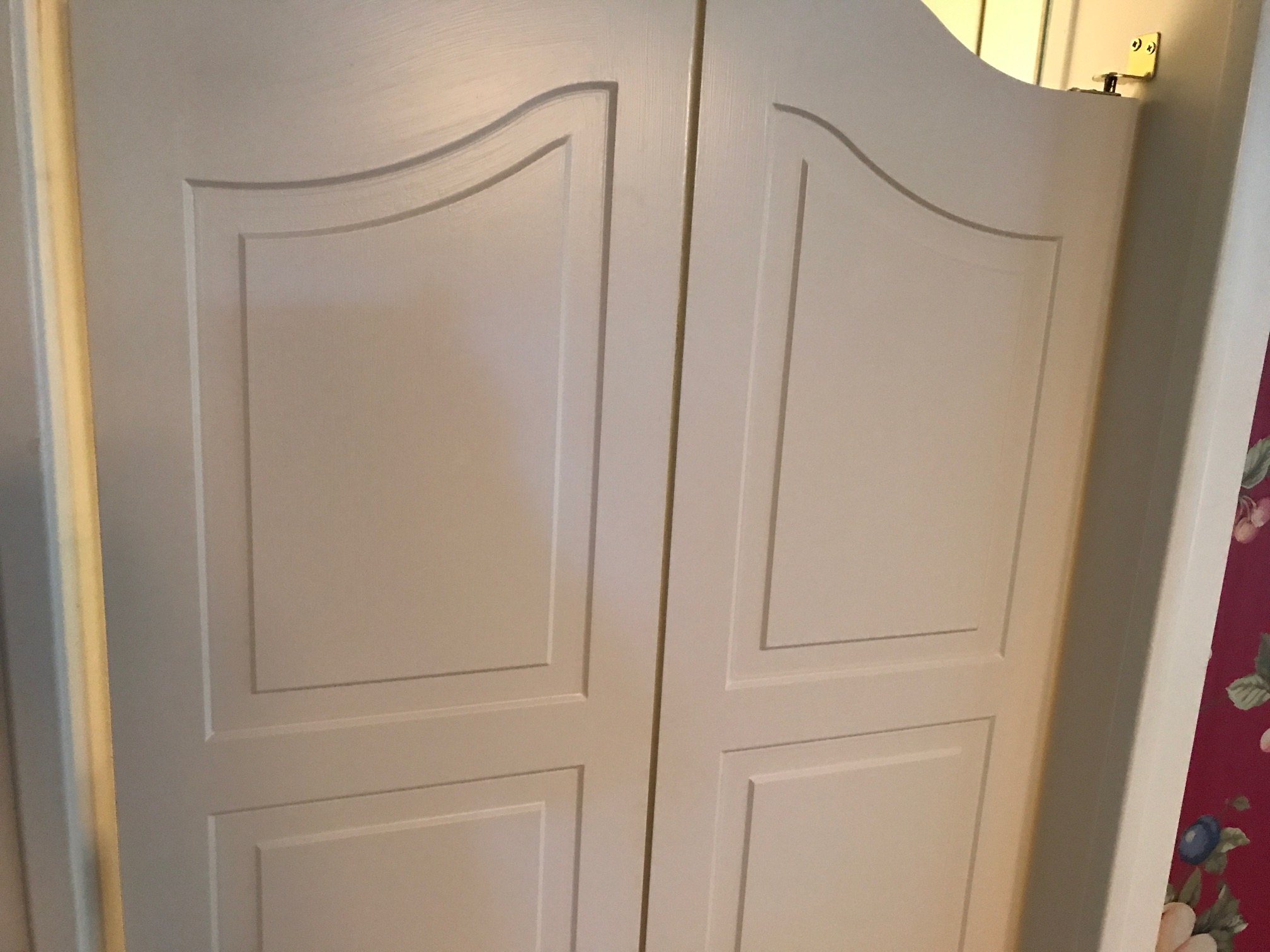
Sliding doors are a contemporary and elegant solution for rooms that require a large entryway without the need for swing space. They are typically mounted on tracks and open by sliding to the side.
Exploring Sliding Door Construction
Sliding doors can be constructed from a range of materials, with glass being a common panel type. They utilize an overhead or floor-mounted track system to ensure smooth operation.
Advantages of Sliding Doors
Space-saving
One of the most significant benefits of sliding doors is their ability to save space by eliminating the need for an arc of space to open and close.
Modern Aesthetic
Their simple, yet sophisticated design makes sliding doors a perfect addition to contemporary-styled homes or spaces that value a clean, unobstructed look.
Materials and Mechanisms Used in Sliding Door Systems
Sliding doors are available in a variety of materials, including wood, aluminum, and vinyl. Each material offers different aesthetics and performance characteristics, such as durability, insulation, and ease of maintenance.
Bi-Fold Doors
Bi-fold doors consist of several panels, typically two to eight, that fold back against each other, providing an attractive and space-saving solution for closets, room dividers, and other areas.
Understanding Bi-Fold Door Design
Bi-fold doors are designed to fold along a track system, which can be recessed or exposed, depending on the installation and design requirements.
Features of Bi-Fold Doors
Folding Mechanism
The panels in bi-fold doors are hinged in the middle, allowing them to collapse in a concertina fashion when opened.
Versatility in Installation
Bi-fold doors can be installed in wide or narrow openings, providing a flexible and practical solution for different interior spaces.
Materials and Configurations Available
Bi-fold doors come in various materials to suit different design needs. Wood, aluminum, and composite options are popular choices, each offering unique benefits in terms of durability, aesthetics, and maintenance.
Pocket Doors
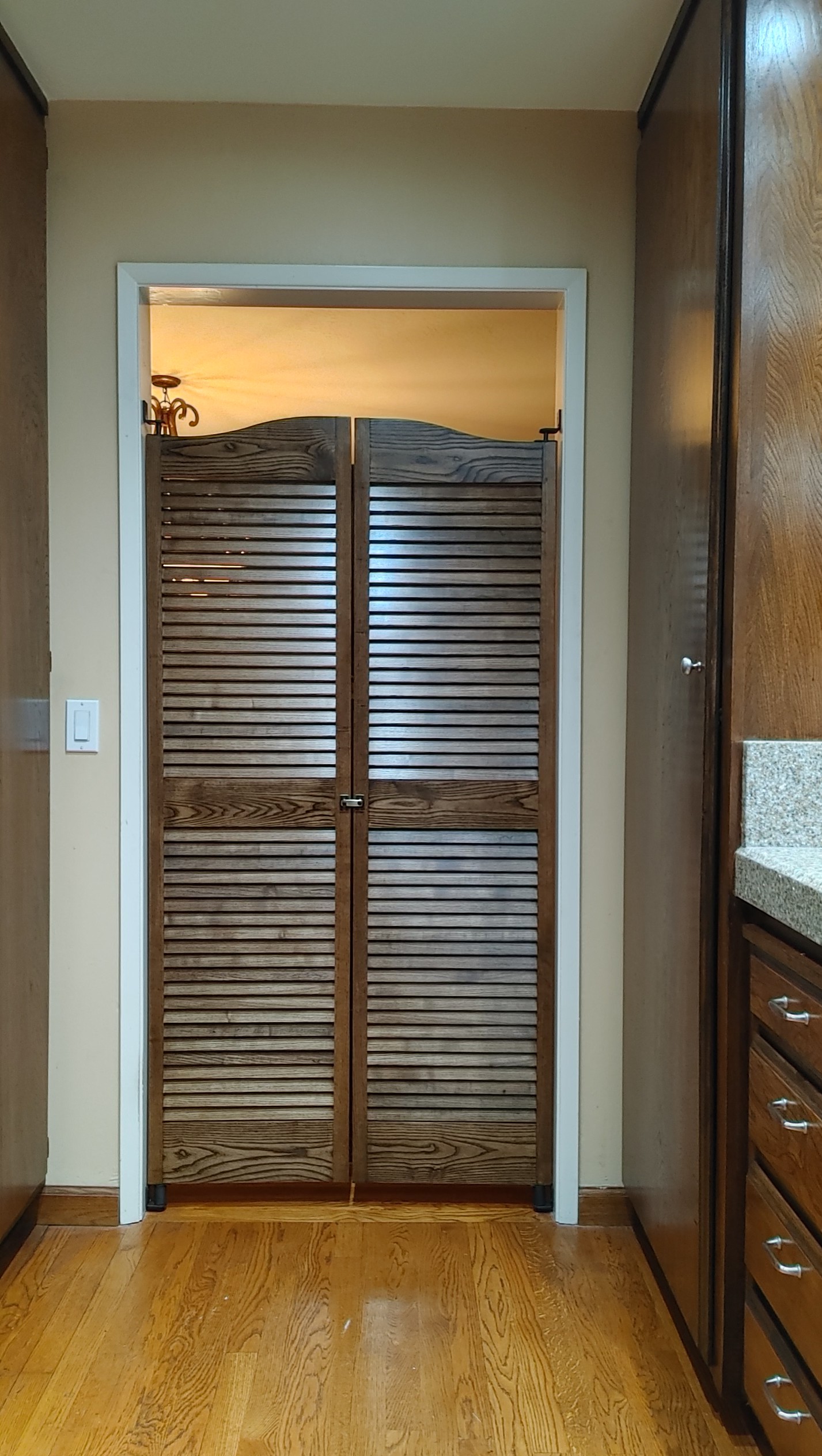 Pocket doors are an ingenious space-saving solution where the door slides into a concealed wall pocket when opened. They are popular for their ability to maximize usable space and maintain a clean, uncluttered look in a room.
Pocket doors are an ingenious space-saving solution where the door slides into a concealed wall pocket when opened. They are popular for their ability to maximize usable space and maintain a clean, uncluttered look in a room.
Introduction to Pocket Door Construction
Pocket doors operate on a track system that is installed within the wall during construction or as part of a remodeling project. When opened, the door slides completely out of sight, leaving the entire doorway accessible.
Benefits of Pocket Doors
Space Optimization
Pocket doors are an excellent way to optimize space, particularly in areas where a door that swings open would be impractical or take up too much room.
Seamless Integration
Pocket doors can seamlessly integrate with the wall and other architectural elements, providing a cohesive and unbroken look to the room's design.
Considerations for Installation and Operation
Installing pocket doors requires careful planning to ensure the wall can accommodate the door's track and that there is sufficient space for the door to slide into the pocket. Operationally, pocket doors should be regularly maintained to keep them sliding smoothly.
Flush Doors
Flush doors are named for their smooth and flat surface, lacking in any raised or recessed panel designs. They offer a clean and modern look that is often favored in contemporary design.
Overview of Flush Door Design
Unlike panel doors, flush doors do not feature traditional stiles and rails with decorative inserts. Instead, they are one continuous surface, which can create a sense of uniformity in a room.
Characteristics of Flush Doors
Smooth Surface
Flush doors are prized for their simplicity and are a perfect canvas for a minimalist design approach, often featuring discreet hardware and a focus on clean lines.
Modern and Minimalistic Appearance
The lack of traditional embellishments gives flush doors a more contemporary aesthetic that is well-suited for modern interior spaces.
Materials and Finishes Used in Flush Door Construction
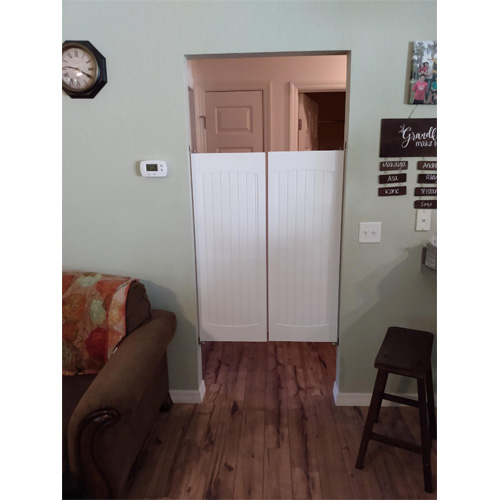
Flush doors can be constructed from a variety of materials, including wood, MDF, and metal. They can be painted or stained to match the overall decor of the room, or left in their natural state for a more industrial look.
Materials and Finishes
The material and finish of your interior door can greatly impact both its appearance and functionality. From the classic charm of wood to the sleekness of glass or metal, there are several options to consider.
Exploring Materials Beyond Wood
In addition to solid wood, interior doors can be crafted from various materials such as MDF, metal, and glass. Each material offers unique benefits in terms of cost, durability, and design potential.
Popular Finishes for Interior Doors
The finish of a door can be crucial in enhancing the visual appeal of your space. Whether you choose the earthy tones of a natural wood stain, the color versatility of paint, or the protective gloss of varnish, the finish can significantly impact the door's look and feel.
Hardware and Accessories
The right hardware can elevate the functionality and elegance of your interior doors. Whether choosing handles, hinges, locks, or various accessories to complete the look, understanding the options is vital to a well-designed space.
Importance of Hardware in Interior Door Functionality
Hardware plays a crucial role in the functionality of your doors. It not only allows doors to open and close securely but also contributes to the overall aesthetic, tying the door into the design of the space.
Types of Hardware
Handles and Knobs
Handles and knobs come in various styles and materials, from classic brass to contemporary stainless steel. The choice of handle can influence the ease of use and the overall style of the door.
Hinges
Hinges are available in different types, including butt hinges and piano hinges, and are essential for allowing doors to swing. They should be chosen based on the door's weight and the desired swing radius.
Locks and Latches
Locks and latches provide security and can be selected based on the level of privacy needed in a room. They range from simple twist locks to complex key-operated systems.
Accessories for Enhancing Door Appearance and Functionality
Doorstops, kick plates, and anti-slam devices are just a few accessories that can complement your hardware choices and provide added convenience and protection for your doors.
Installation Considerations
 Proper installation is critical to the longevity and performance of your interior doors. Whether you choose to tackle the job yourself or hire a professional, there are important steps and considerations to keep in mind.
Proper installation is critical to the longevity and performance of your interior doors. Whether you choose to tackle the job yourself or hire a professional, there are important steps and considerations to keep in mind.
Preparation Steps Before Installation
From measuring door frames accurately to choosing the right type of door for each opening, thorough preparation is key to a successful installation.
Tools and Equipment Needed
Having the right tools on hand can make the installation process more manageable. Necessary tools may include a level, screwdrivers, a drill, a saw, and appropriate safety gear.
DIY vs. Professional Installation
While some homeowners opt for DIY installations to save money, professional installers bring expertise and precision to the job, ensuring a professional result.
Maintenance and Care Tips
Regular maintenance can extend the life of your interior doors and keep them looking their best. From cleaning and inspecting to making minor repairs, taking care of your doors is an essential part of home upkeep.
Routine Cleaning and Inspection Practices
Regularly cleaning your doors with appropriate products can maintain their appearance and identify potential issues early on.
Repairing Minor Damage and Wear
Addressing scuffs, scratches, and dents promptly can prevent small issues from becoming more significant problems.
Seasonal Maintenance for Different Door Types
Different door materials can react differently to changes in temperature and humidity. Understanding how to care for your specific door type is vital, especially in extreme climates.
Environmental Considerations
With an increasing focus on sustainability and eco-friendly practices, the choice of door materials and construction methods can have significant environmental implications. Selecting doors that are both durable and made from renewable resources can help lower your home's carbon footprint.
Sustainable Materials and Practices in Door Construction
Many manufacturers are offering sustainable door options, such as using wood from well-managed forests or recycled content in composite doors.
Energy Efficiency and Insulation Properties
The right door can contribute to the energy efficiency of your home by providing adequate insulation. Solid doors and those with solid core constructions typically offer better thermal performance than hollow core doors.
Recycling and Disposal of Old Doors
When it's time to replace your old doors, proper disposal is important for environmental responsibility. Many old doors can be recycled or repurposed, keeping them out of landfills.
Conclusion: Choosing the Right Interior Doors for Your Home
Selecting the right interior doors is a critical step in creating a living space that is both functional and beautiful. By understanding the various types of doors available, considering their materials and finishes, and choosing appropriate hardware, you can create a cohesive design that reflects your style and enhances your home.
When making decisions about interior door construction, it's essential to balance factors such as cost, aesthetics, functionality, and environmental impact. Consider consulting with a professional to ensure that your choices align with the overall vision for your home.
Frequently Asked Questions (FAQs)
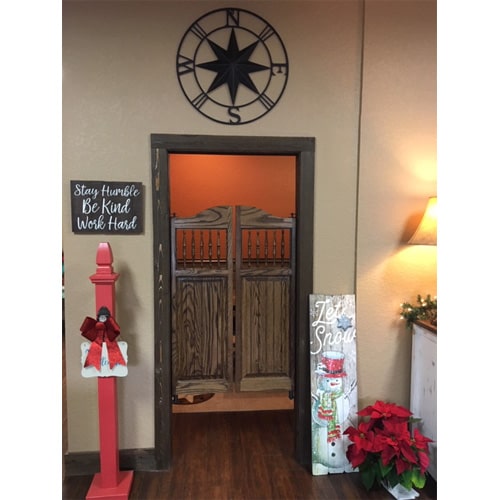
Here are the answers to some of the most common questions about interior door construction.
What are the main differences between solid wood, hollow core, and solid core doors?
The primary differences are in construction and materials. Solid wood doors are made entirely of wood and are heavy and durable. Hollow core doors feature a wood frame with a hollow center, making them lighter and more economical. Solid core doors have a composite wood core and are heavier than hollow core doors, providing better sound insulation.
How do I determine the right type of interior door for my space?
Consider the function of the room and your personal preferences. For example, you may want a solid wood door for a high-traffic area or a room where sound insulation is important. A pocket door might be ideal for a small space, or French doors could be a great fit for connecting living areas.
Are there any special considerations for installing French doors?
French doors require proper clearance for full operation and appropriate sealing against the elements. It's crucial to ensure a secure installation to prevent water damage and maintain energy efficiency.
Can sliding doors be used in small spaces?
Yes, sliding doors are an excellent solution for small spaces as they do not require the floor or wall area that traditional swinging doors do.
What are the advantages of saloon-style doors over other types?
Saloon doors, like other unique door styles, can add character and a touch of the unexpected to your space. Their partial opening design can improve airflow and give a more open feel while still providing a degree of privacy.
How do double-swinging doors compare to traditional swing doors in terms of functionality?
Double swinging doors, or "saloon" style doors, are hinged on opposite sides of the door frame and are usually used in
